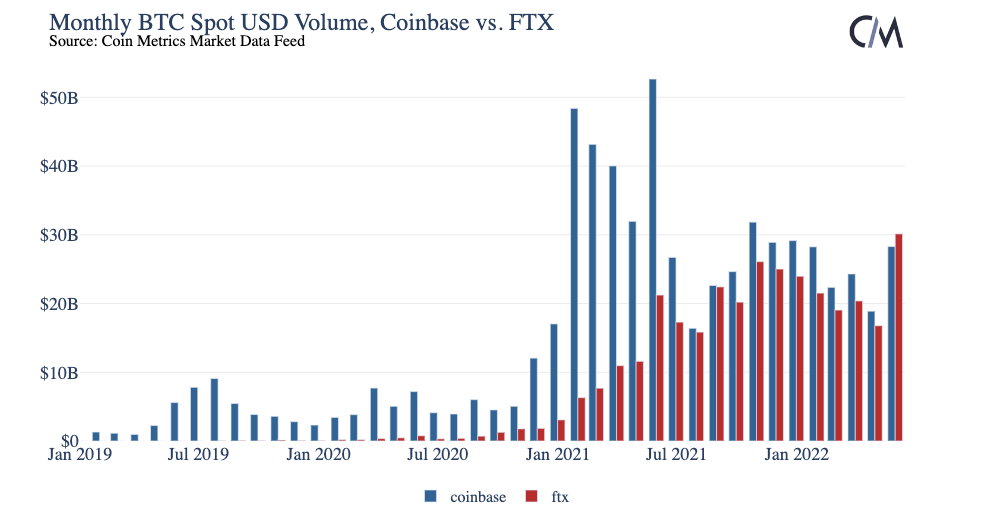
Data shows top traders futures’ Bitcoin long-to-short at the lowest level in 30 days, but what does this mean for BTC's short-term price action.
Bitcoin (BTC) has experienced a remarkable 15.7% price surge in the first six days of December. This surge has been heavily influenced by the anticipation of an imminent approval of a spot exchange-traded fund (ETF) in the United States. Senior Bloomberg ETF analysts have expressed a 90% probability for approval by the U.S. Securities and Exchange Commission, which is expected before Jan. 10.
However, Bitcoin’s recent price surge may not be as straightforward as it seems. Analysts have failed to consider the multiple rejections at $37,500 and $38,500 during the second half of November. These rejections have left professional traders, including market makers, questioning the market’s strength, particularly from the perspective of derivatives metrics.
Bitcoin’s 7.6% rally to $37,965 on Nov. 15 resulted in disappointment as the movement fully retracted the following day. Similarly, between Nov. 20 and Nov. 21, Bitcoin's price declined by 5.3% after the $37,500 resistance proved more formidable than anticipated.

























